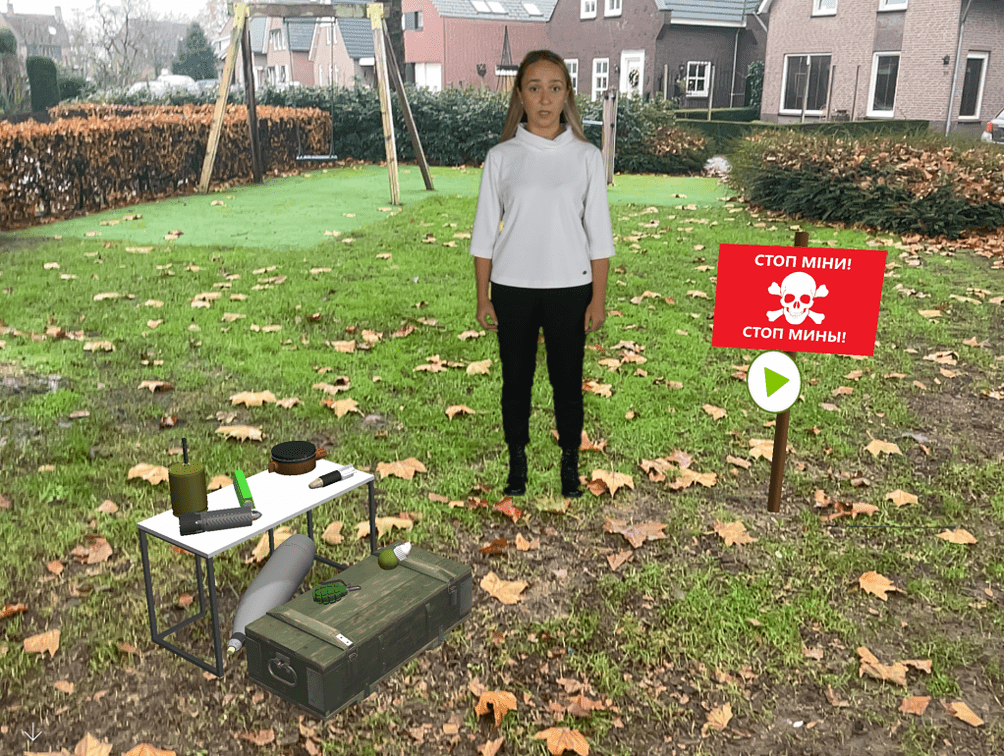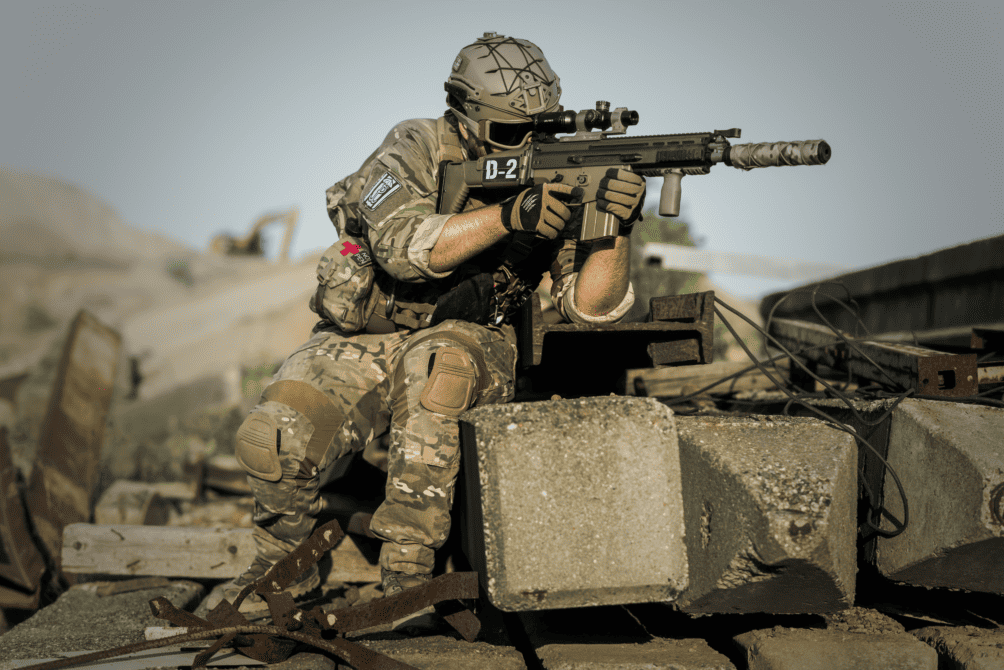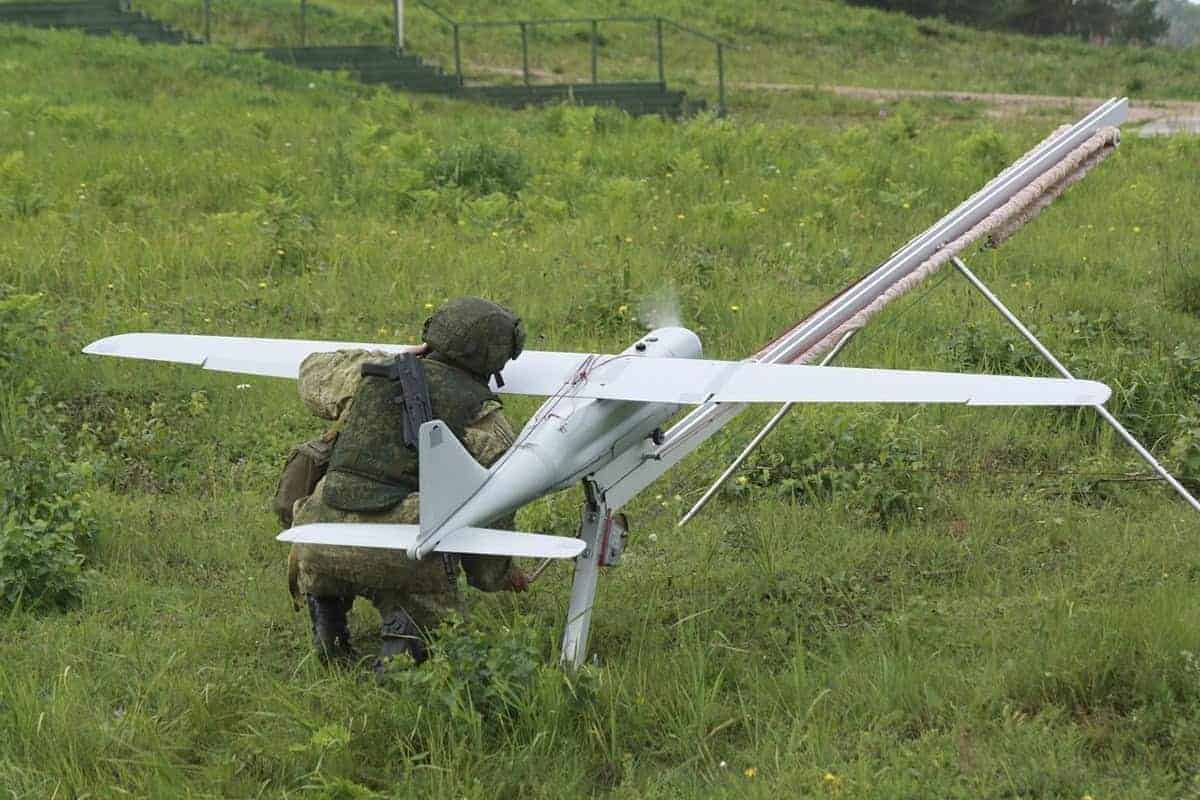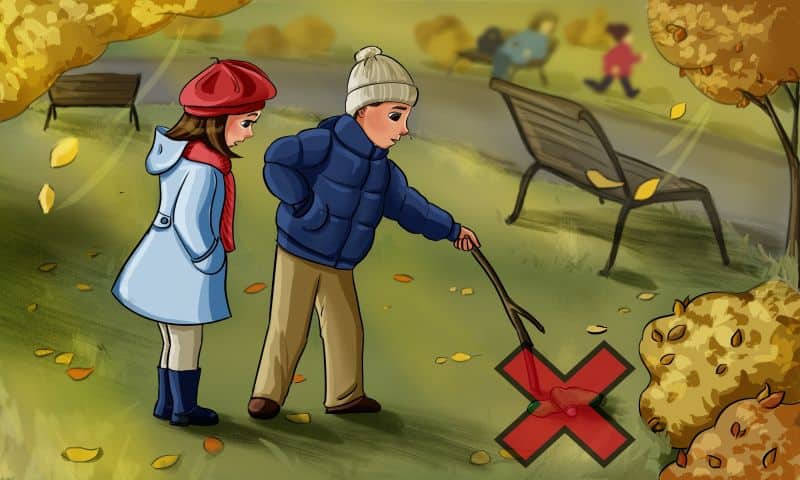
War-ravaged Ukraine is littered with explosives that have not yet gone off. According to the Ukrainian government, 80,000 km2 of the country has become “contaminated” with these dangerous munitions. These are sometimes hard to spot and pose a grave danger to residents. Especially for children. Dutch start-up Fectar has designed an Augmented Reality (AR) lesson that teaches children in a safe and interactive way to identify these unexploded munitions. It is the first time in the world that a lesson has been developed to raise children’s awareness of the dangers of these different types of mines.
“The real hero of this story is Charlie Valentine,” says Eugène Kuipers, CEO of Fectar. “He deals with the clearance of explosives internationally. And does that as a volunteer.” Valentine recently wrote another article about the bombs in Ukraine
“He was looking for a way to help residents learn about the dangers of explosives in a safe way. He already had the Fectar app and decided to create a 3D lesson for children in the war zone. When I saw that, I got in touch immediately.” Fectar then provided Valentine with technical support to develop the project further.
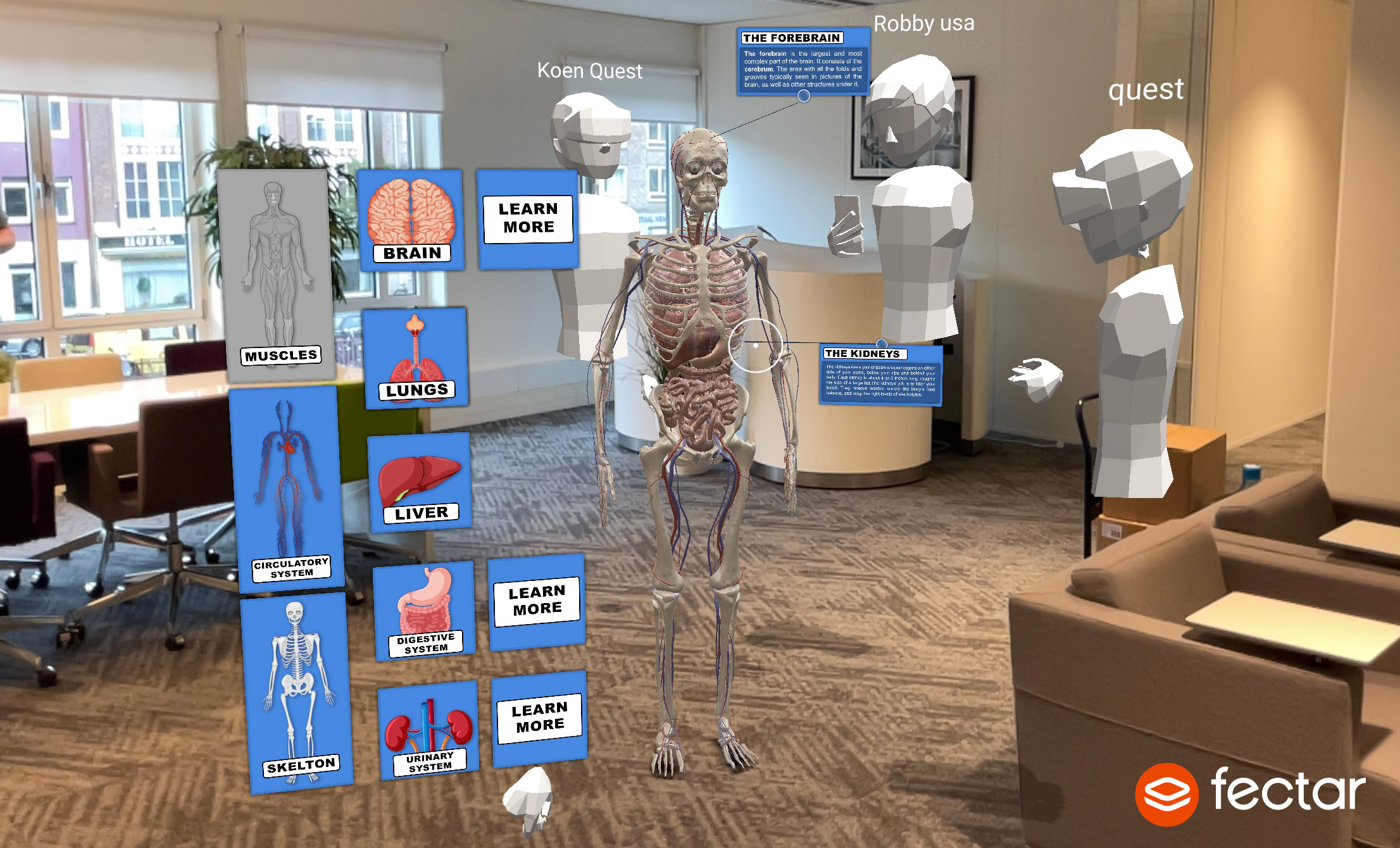
AR lessons
With one click on the Fectar app, a digital teacher appears in a classroom. She explains in Ukrainian the dangers of mines and what the various specimens of these explosives look like. While the app is in use, it measures what children focus on. This is how the learning process can be adjusted. The Ukrainian humanitarian aid organization Terra Pyra is going to roll out the training classes throughout Ukraine. The goal is to reach at least fifteen thousand ambassadors who can support the children while they take the virtual class.
According to Kuipers, it was tricky to develop an educational tool about explosives. “There’s no such thing as a curriculum to teach children about this. Also, you don’t actually want to motivate kids to go looking for mines. That’s the opposite of what you want to achieve. We paid close attention to this and had a lot of conversations about it. So an extra feature has been added where a red area appears on the screen if children get too close.”
The 3D lessons are a textbook example of how AR technology can help people learn about dangerous things in a safe way. “Kids catch on very quickly. They’re already thinking in 3D. They move their phones from side to side and immediately start exploring. Volunteers can now use this to teach children about the dangers of explosives in a safe and interactive way. This would not have been possible without AR technology.”

Raising awareness
Kuipers also hopes the interactive lesson will help to raise awareness of the conditions Ukrainian children are currently living in. “The munitions that are being used are sometimes 30 years old. The country is full of butterfly bombs. These also look a bit like a butterfly. They are meant to injure adults, but they can be fatal to children. This is the reality that these children are growing up in.”
The platform wants to further expand this project so that children in other war zones can also be taught about the dangers of mines. “All over the world where there is or has been war, there are unexploded bombs. Even here in the Netherlands we still occasionally find a bomb from World War II. So we are going to start translating the lessons into other languages so that the app can be used in other countries. We are now specifically looking at Afghanistan and Syria.”
